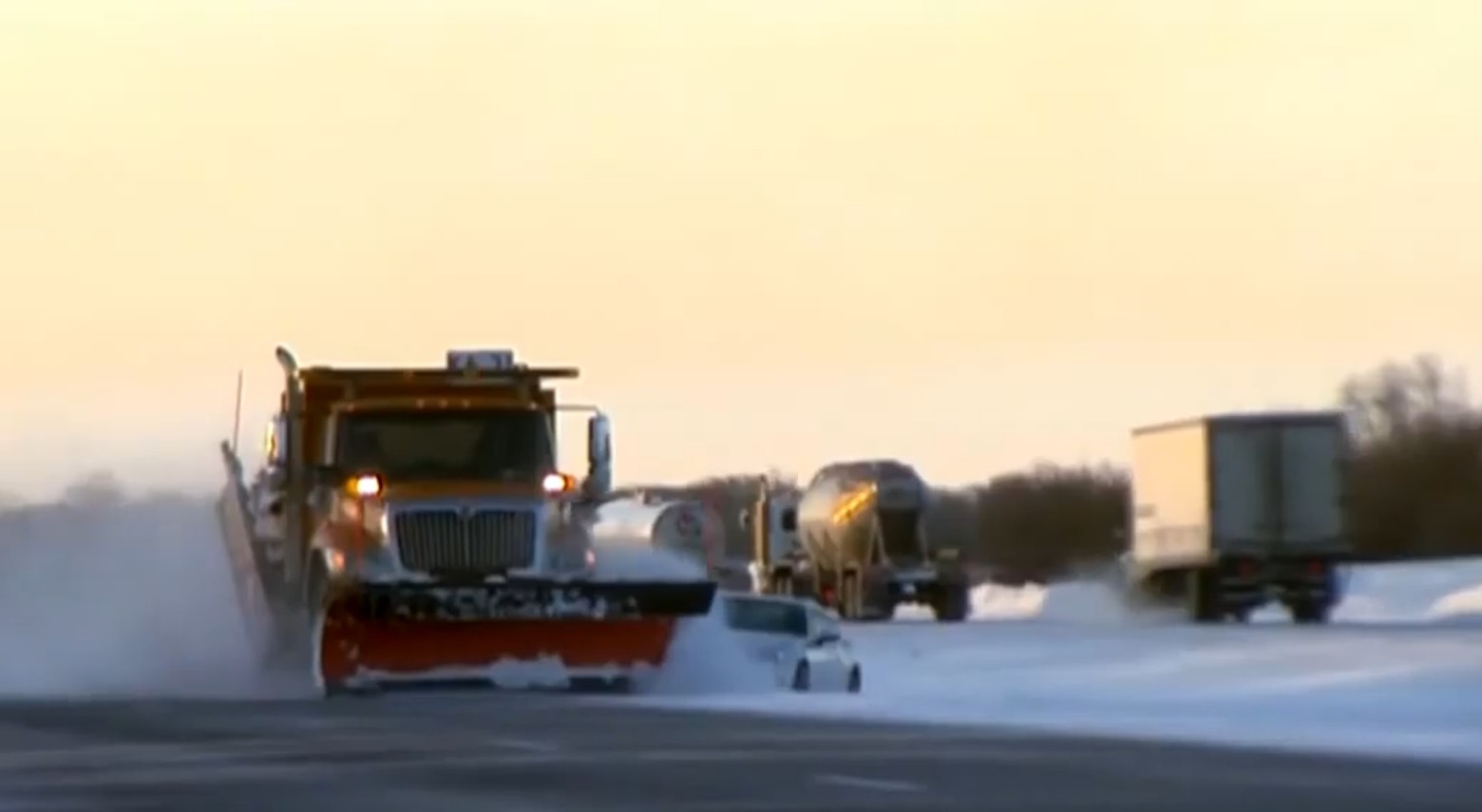
Photo :webshot.
December 16, 2022
Andrew Campbell
Heavy rains and wildfire smoke are not typical Arctic weather. The Arctic, on the other hand, is experiencing increasingly wet weather. Scientists have been unable to pinpoint a single cause for the region's heavy and freezing rain. The Arctic Report Card for 2022 mentions these unusual weather patterns. Every year, the US National Oceanic and Atmospheric Administration publishes this (Noaa).
The most comprehensive chapter in the Arctic Report Card describes developments over the last 17 years and documents environmental changes affecting Arctic Indigenous peoples in their communities. According to the report, the Arctic is one of the world's fastest warming regions. According to Jackie Qatalia Schaeffer, director of climate project for Alaska Native Tribal Health Consortium, Arctic indigenous people need to know how to adapt to future changes from land and sea due to unusual weather patterns in the Arctic.
Prof. John Walsh of the University of Alaska Fairbanks discusses some of Alaska's climate impacts. Fire seasons are getting longer and longer. Permafrost is thawing and encircling roads. Because of melting ice, entire indigenous populations are forced to migrate. As the temperature of the water rises, fish must migrate. This will have a significant impact on Alaska's entire seafood industry.
According to NOAA Administrator Rick Spinrad, Ph.D., the 2022 Arctic Report Card emphasizes the importance of addressing climate change by reducing greenhouse gas emissions. This report also includes observations and analysis for the regions most affected by climate change.
